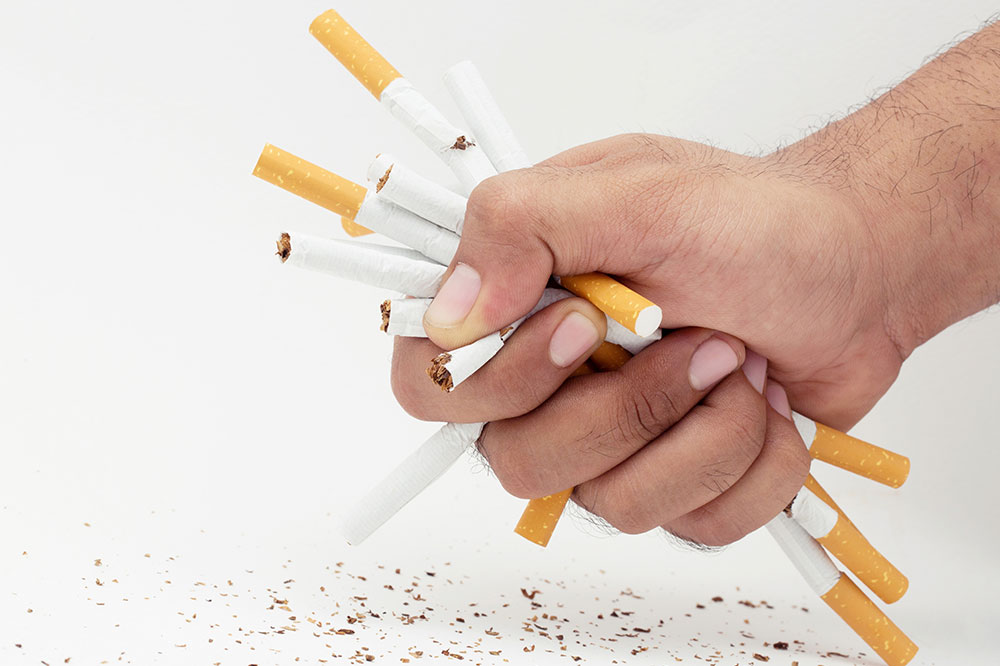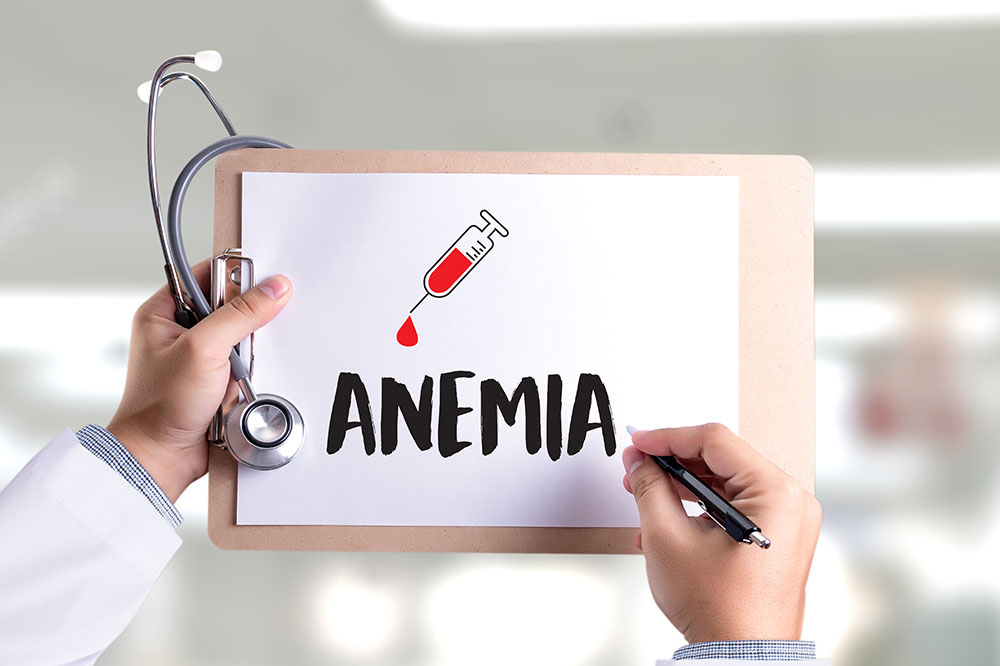Dehydration – Diagnosis, stages, and prevention

Your body requires to have a certain amount of water present in it at all times. Without it, the body cannot perform at its best. The lack of water in the body is known as dehydration, which can lead to various other problems. Dehydration can be mild, moderate, and even severe, which can lead to serious health problems. Hence, you must drink enough water throughout the day.
How to diagnose dehydration
The signs of dehydration can help you diagnose if you are suffering from the condition because of the lack of water in your body. The mild form can result in thirst, dry mouth, not peeing regularly, dark yellowish pee, dry skin, muscle cramps, and headache. If you continue to suffer from dehydration, the symptoms will get more serious. Your pee will get even darker and your skin can become extremely dry. You will also experience a lack of energy, sleepiness, sunken eyes, rapid breathing, faster heartbeat, irritability, dizziness, and fainting. The symptoms of dehydration in babies can include having no tears, dry mouth, dry diapers for hours, a lack of energy and, sunken cheeks, among others.
Your body naturally loses water due to sweating, peeing, and the secretion of saliva. Eating food containing water and drinking fluids prevents your body from losing too much water. However, you still can get dehydrated due to lack of water. The dehydrated state of your body can be a result of a variety of reasons. The water level in your body is often lowered by fever, diarrhea, vomiting, excessive sweating, and medical conditions that make you peeing excessively.
Different stages of dehydration
Up to 65% of your body is made of water, and maintaining its balance is really important to stay healthy and hydrated. If the presence of water in your body starts to lower for any reason, your health starts to get worse, and it can happen very quickly. There are different stages of dehydration and the last stage can ultimately lead to death. Dehydration starts with simple thirst but if the body does not get the water immediately, your kidneys will start to send less water to your bladder, which results in a lack of peeing. Your body temperature starts to rise as you sweat less and your blood becomes thicker.
The second stage two of the dehydrated state is fainting. It is caused due to low blood pressure as the lack of water in the body makes your blood too thick to flow smoothly.
The next stage of dehydration is organ damage. The lack of blood flow to your organs causes them to stop functioning properly. The rising body temperature adds up to the misery too as your organs start overheating. If not treated immediately, this can lead to permanent damages to your organs or even death.
Prevention
The best way of preventing dehydration is to be aware of fluid loss in your body. You must drink enough water, juice, or any other form of fluid to maintain the required level of water in your body. If you are going out, always take a bottle of water with you. If it helps then set reminders on your phone that you need to drink water.






